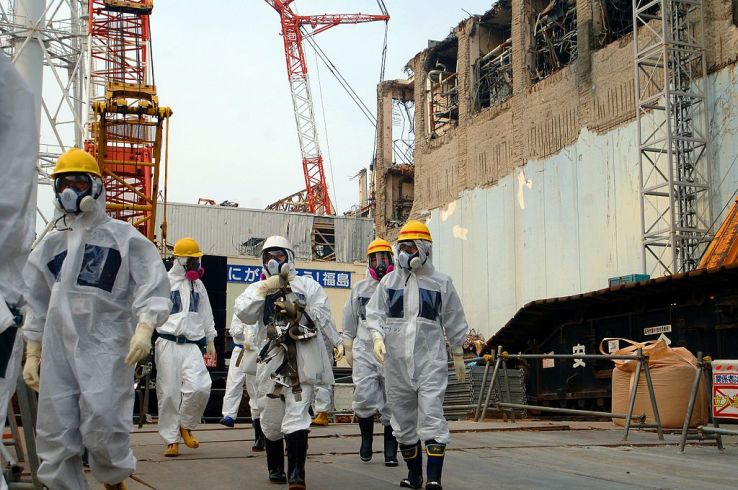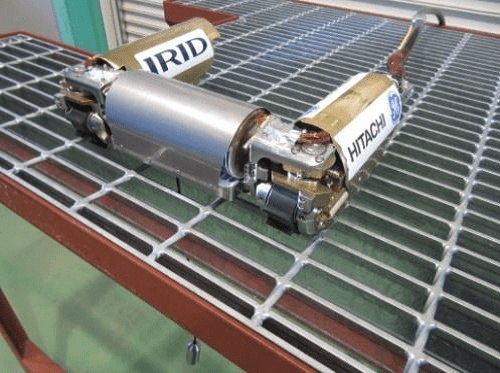 T.H.E.M.
¨We believe in the judgment; we believe this first judgment will take place as God revealed, in America...¨
T.H.E.M.
¨We believe in the judgment; we believe this first judgment will take place as God revealed, in America...¨
 T.H.E.M.
¨We believe in justice for all, whether in God or not; we believe as others, that we are due equal justice as human beings.¨
T.H.E.M.
¨We believe in justice for all, whether in God or not; we believe as others, that we are due equal justice as human beings.¨
Japanese authorities decry ongoing robot failures at Fukushima
Japanese authorities decry ongoing robot failures at Fukushima
 Six years ago, a massive earthquake, consequent tsunami and nuclear crisis struck Japan. International organizations rushed to help the country’s devastated residents, and to figure out how to clean up Fukushima Daiichi, the wrecked nuclear power plant. Robots offered a ray of hope amid unfathomable loss. At least they did, until recently.
Six years ago, a massive earthquake, consequent tsunami and nuclear crisis struck Japan. International organizations rushed to help the country’s devastated residents, and to figure out how to clean up Fukushima Daiichi, the wrecked nuclear power plant. Robots offered a ray of hope amid unfathomable loss. At least they did, until recently.
As the Asahi Shimbun reported yesterday, members of Japan’s Nuclear Regulation Authority are now urging plant operators Tokyo Electric Power Company to find new technology and methods to aid in the cleanup. Robots keep getting fried on their missions, literally from radiation damage, or stranded on-site wasting precious money and time.
The implication is that, perhaps, the clean up will move faster if Tepco’s energy and the government’s money is redirected to chemistry, biology, and so-called “safe containment,” building some sort of structure around Fukushima Daiichi like the “sarcophagus” around Chernobyl. Or perhaps humans need to trust AI to move robots through some of their tasks. All of the robots deployed in the cleanup effort have been remote-operated by humans, so far. The government watchdog’s critical comments followed the latest robo-fail revealed by Tepco.

The PMORPH survey robot is being used to clean up Fukushima.
On March 23 the company said it had attempted to send a survey robot into a containment vessel to find fuel debris, information it needs to decommission the plant. But the PMORPH survey robot, developed by Hitachi-GE Nuclear Energy and the International Research Institute for Nuclear Decommissioning (IRID), couldn’t get its cameras to the predetermined location. As a result, it only sent back a partial report.
Just one month earlier, Tepco aborted a mission using a Toshiba “scorpion” robot that was built to scramble over rubble, capture images and data inside the plant’s facilities. The robot could tolerate up to 1,000 sieverts of radiation. And yet, it had trouble within the hostile environs of the number 2 reactor where it was dispatched.
These followed a string of earlier robot losses at the plant going back to the Quince 1, the first robot to enter the facility after the disaster. Developed by the Chiba Institute of Technology, the International Rescue System Institute, and Tohoku University in Japan, Quince went into the power plant’s reactor 2 building where it measured radiation levels, collected dust samples and video footage. It ran several missions but eventually disconnected from its communications cable and got stranded within the building…..more here
Copyright 2017 Hiram's 1555 Blog
